Characteristics of coffee bean flavor in Guatemala boutique coffee producing area-Vivetnam fruit producing area
Professional coffee knowledge exchange more coffee bean information please follow the coffee workshop (Wechat official account cafe_style)
Guatemala is bordered by Mexico to the north, Honduras and El Salvador to the south, the Caribbean to the east and the Pacific Ocean to the west, with tropical rain forests, volcanic geology, plateau valleys and changeable microclimate. Among the Guatemalan coffee beans on the front street, in addition to the Antigua flower god from a single producing area, Guatemalan coffee beans can also be seen in the rations bean series.
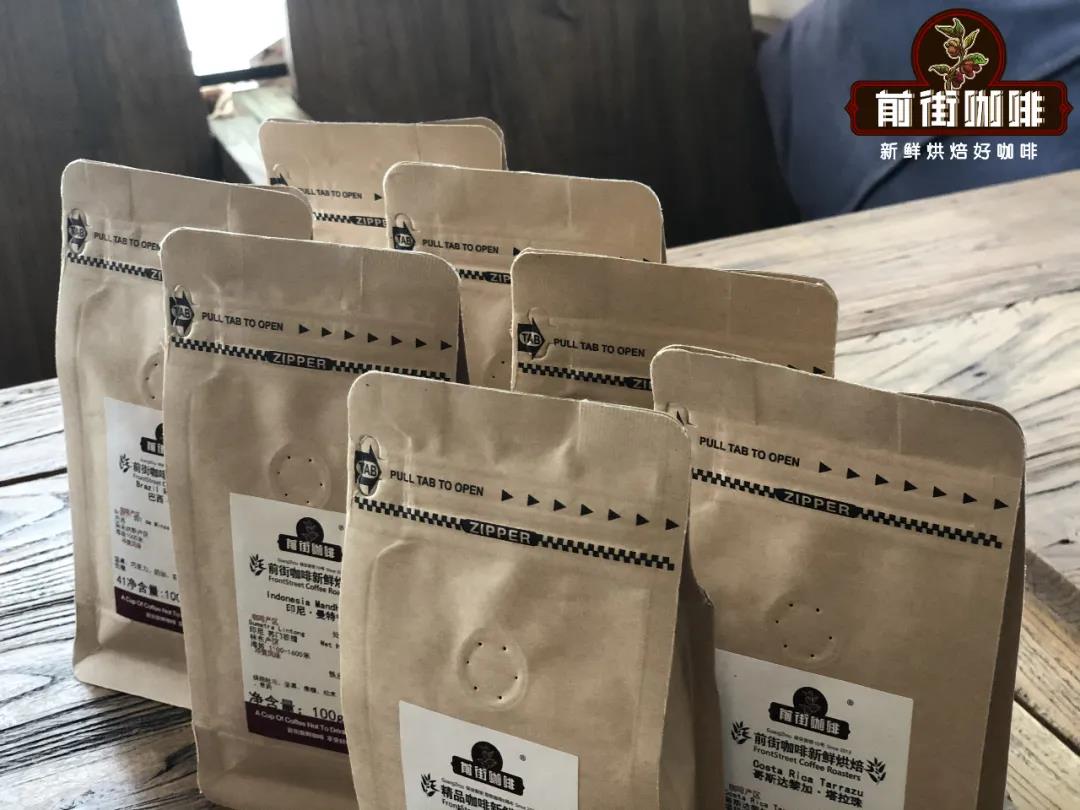
The nutty aroma, the acidity of berries and citrus, and the slightly smoked flavor of Guatemala's Vivetna fruit rations reflect the rich juicy, nutty and smoky flavor of Guatemala's tropical rainforest, volcanic soil and changeable microclimate.
Qianjie launched the rations series so that all coffee lovers can drink the unique flavor of a producing area at the most affordable price. There are seven producing areas of grain beans on the front street, namely, Yegasuefei of Ethiopia, Tarazu of Costa Rica, Huilan of Colombia, Lindong Mantenin of Indonesia, Baoshan of Yunnan Province of China, South Minas of Brazil, and Vivette Nanguo of Guatemala.
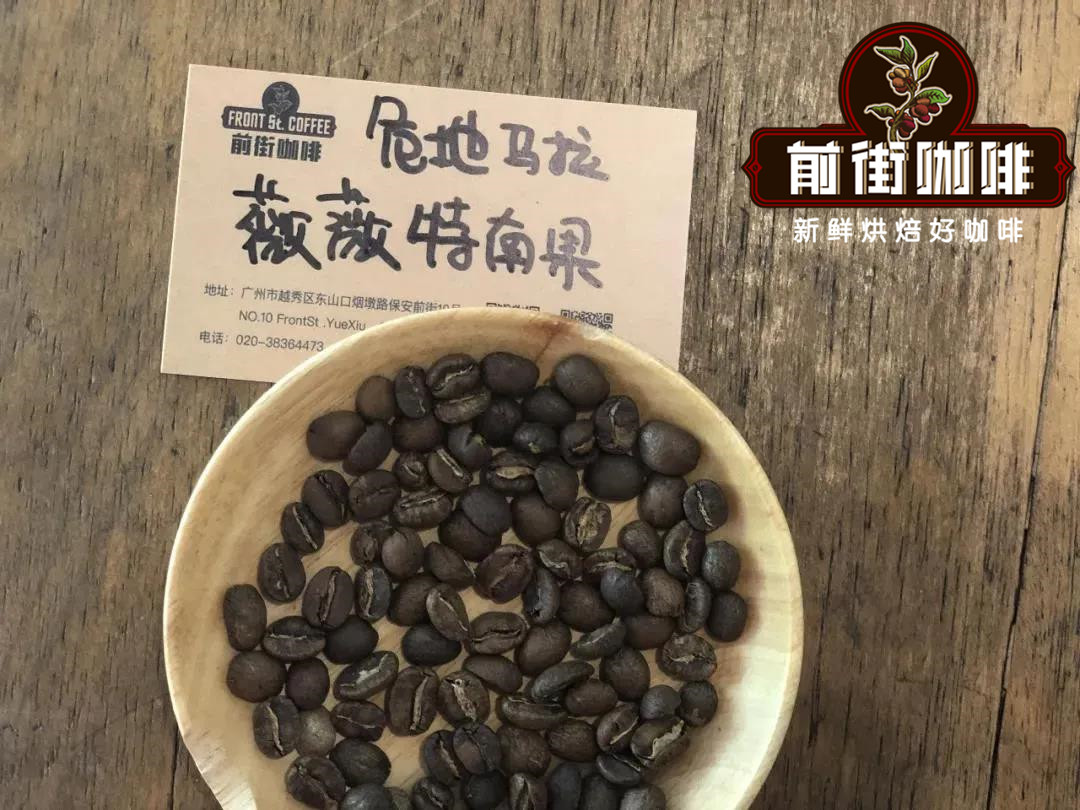
Country: Guatemala
Producing area: Vivette Nanguo
Altitude: 1500-2000 m
Varieties: bourbon, Kaddura, Kaduai
Treatment: washing treatment
Flavor: nuts, lemon peel, berries, citrus
Coffee producing area
The average elevation of Guatemala is high, and the coffee belt is distributed over 1500 meters, which is the easiest to grow extremely hard beans. The coffee produced in Guatemala has a special smoky flavor and rich fruit juice taste. Guatemala has a total of eight major producing areas, divided into five volcanic producing areas and three non-volcanic producing areas. Vivette south fruit producing area is one of the three major non-volcanic producing areas. Vivette Nango is a coffee-growing region in central Guatemala. Its name comes from Nahuatl, which means "the land of the ancients (or ancestors)". The production area is almost the most remote from the capital than other areas, and the route is rugged. Due to the dry hot wind from Mexico, the mountains are high but free from frost, so coffee can be grown at a depth of nearly 2000m.
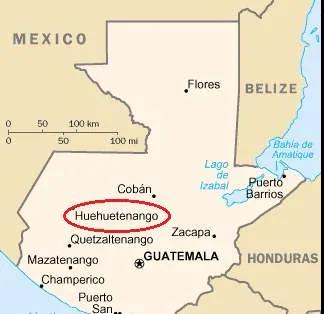
Coffee variety
This is a typical blend of American coffee beans, including bourbon (Bourbon), Kaddura (Catua í), Catua í (Kaduai). The bourbon variety is the source of many coffee varieties today and was first found on the island of Reunion. When it was brought to America, its characteristics also changed. The hybrid variety Kaddura, which was first successfully planted in Brazil, has a shorter tree body and strong resistance to wind and rain. Kaduai, a hybrid of the New World variety and Kaddura, has a short and chubby tree and has a very high yield after proper fertilization. Qianjie Coffee bought this coffee bean because it shows the regional flavor of fruit acid and nuts in Guatemala.
Coffee bean treatment
The treatment in Guatemala is mainly washed with water and a small amount in the sun. Qianjie food beans series of Guatemalan coffee beans are treated with water washing. Put the selected coffee cherry into the peeling machine and initially remove its peel and pulp. Put the coffee beans with residual pectin into the water and let them ferment for about 24 hours. After fermentation, the raw coffee beans with parchment are washed in a flow tank to remove the pulp and pectin. After washing, dry the coffee beans or dry the coffee beans with the help of a dryer to reduce the moisture content to about 12%, and finally remove the parchment of raw coffee beans.
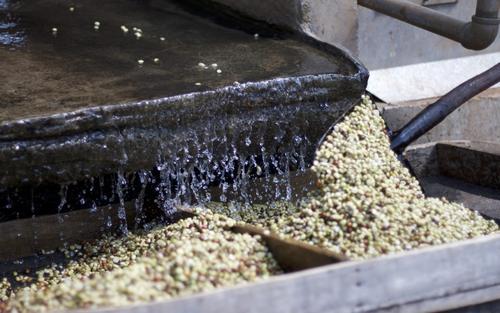
Qianjie coffee is often asked by guests, what's the difference between washing and sunbathing, even coffee beans from the same manor in the same producing area are washed and sunburned separately. In fact, friends who often buy Qianjie coffee rations beans will find that most Qianjie coffee rations beans are treated with water, because the water washing method can present the basic flavor of a producing area, and it is also the beginning of the understanding of the flavor of the producing area. The rule of sun treatment is to add sweet aroma and fermented feeling to this basic flavor.
Qianjie baking suggestion
Qianjie coffee determined the direction of shallow roasting, in order to highlight its rich fruit juice taste, before and after a number of parameter adjustments and cup testing.
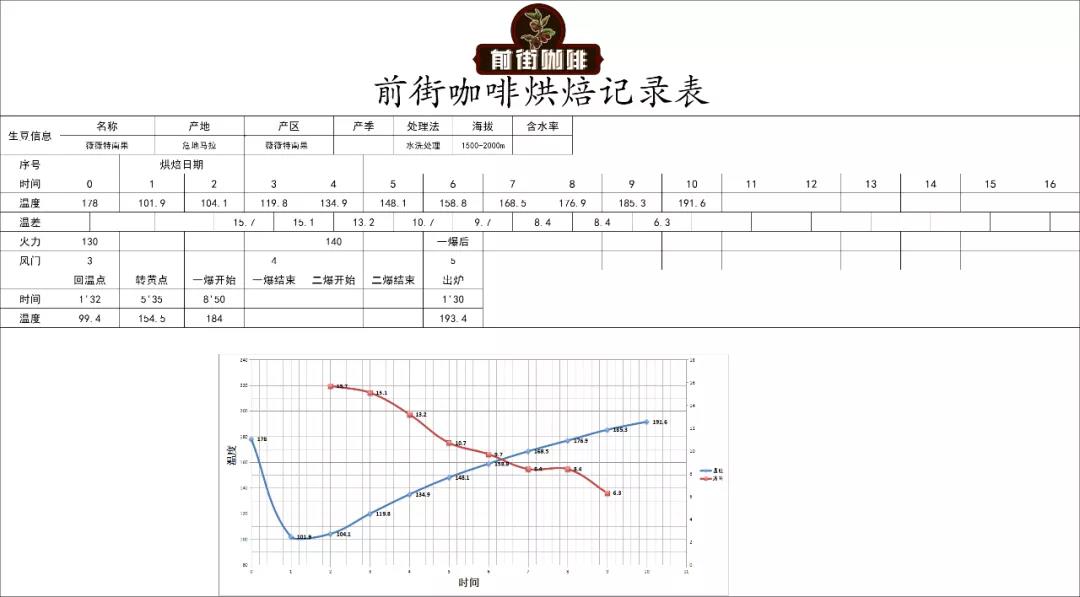
How to brew Guatemalan coffee in front of the street
Water temperature: 90-91 degrees
Degree of grinding: BG#6m (fine sugar size / 20 sieve bowl sieve powder to 80%)
Ratio of powder to water: 1:15
Amount of powder: 15g
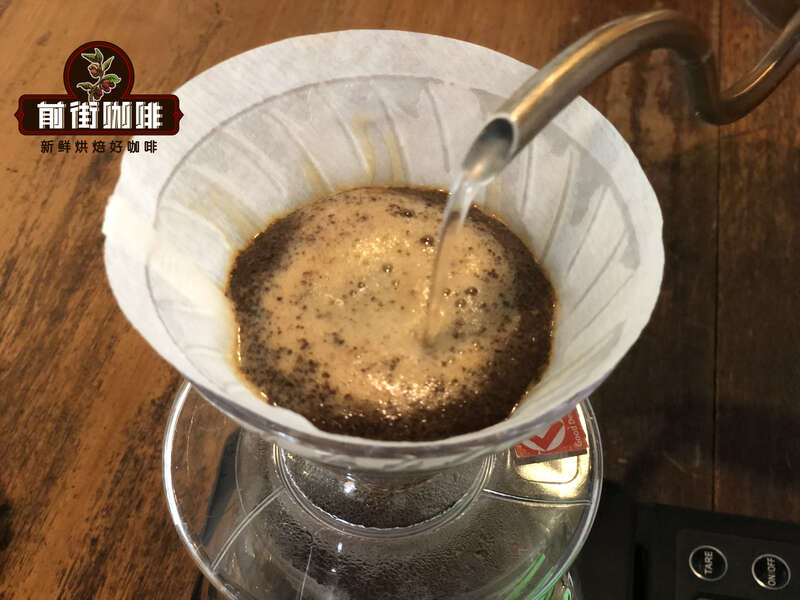
Qianjie cooking technique:
In the first stage, 30 grams of water is injected for 30 seconds, followed by 95 grams (about 125 grams indicated by the electronic scale), about 1 kilogram, and the remaining 100 grams are injected at 3 places in the powder layer when the water level drops to 2 grams (about 225 grams on the electronic scale). About 1: 40 "injection completed. 2: 00 "- 2: 10" trickling is completed, remove the filter cup and complete the extraction.
Cooking flavor: acidity of citrus and berries, lemon peel, nutty aroma in the middle, aftertaste of tea.
For more boutique coffee beans, please add private Qianjie coffee on Wechat. WeChat account: kaixinguoguo0925
Important Notice :
前街咖啡 FrontStreet Coffee has moved to new addredd:
FrontStreet Coffee Address: 315,Donghua East Road,GuangZhou
Tel:020 38364473
- Prev
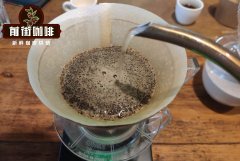
What details should you pay attention to when grinding coffee? What is the grindness of hand-brewed coffee?
Coffee tastes good because coffee beans contain thousands of chemicals that stimulate smell and taste, enter the air and run into your nose; dissolve into the water and crash into your taste buds. From a scientific point of view, the process of brewing a cup of coffee is a kind of "extract"
- Next
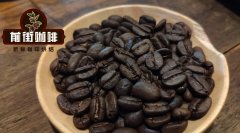
How to identify the varieties of coffee beans? What is the basis for the differences between coffee varieties?
Every day, producers, traders, roasters and consumers are looking for different varieties of coffee. Each variety has its own unique cup profile, as well as many other personality traits. Farmers seek different varieties, not just quality, for many different reasons. They can also consider, for example, disease resistance or yield. In addition, different varieties will be suitable for different producers
Related
- Beginners will see the "Coffee pull flower" guide!
- What is the difference between ice blog purified milk and ordinary milk coffee?
- Why is the Philippines the largest producer of crops in Liberia?
- For coffee extraction, should the fine powder be retained?
- How does extracted espresso fill pressed powder? How much strength does it take to press the powder?
- How to make jasmine cold extract coffee? Is the jasmine + latte good?
- Will this little toy really make the coffee taste better? How does Lily Drip affect coffee extraction?
- Will the action of slapping the filter cup also affect coffee extraction?
- What's the difference between powder-to-water ratio and powder-to-liquid ratio?
- What is the Ethiopian local species? What does it have to do with Heirloom native species?

